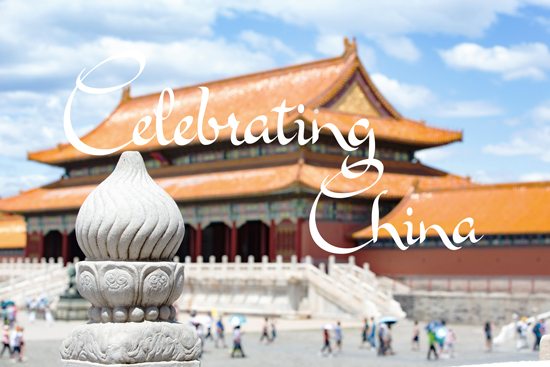
As Christmas activities come to a close and decorations come down, our family is just beginning to gear up for our Chinese New Year celebration. With one third of our family being Chinese-born, we try to make a valiant attempt to incorporate Chinese culture into our lives. Sometimes we succeed, sometimes we don’t. Either way, everyone eagerly anticipates celebrating Chinese holidays and eating delicious Chinese food all throughout the year. Our favorite holiday is definitely Chinese New Year, also known as Spring Festival or Lunar New Year.
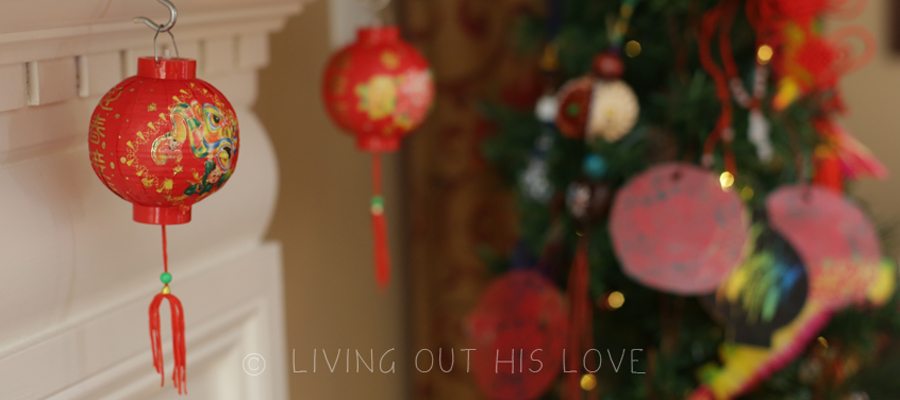
Overview: Chinese New Year is the most celebrated holiday in China, with festivities taking place sometime in late January or early February, based on the Lunar calendar. New Year celebrations begin on the first new moon of the new year, and end with the first full moon. Traditionally, it’s a time that represents the end of winter, when new spring crops are planted.
When: Based on the Lunar calendar, the next Spring Festival is coming up on February 8th, 2016, and will last for 15 days until the Lantern Festival (first full moon), on February 22nd. In China, Lunar New Year is the biggest celebration of the year. Businesses shut down and as many of us adoptive families know, the CCCWA closes down at this time as well. I wish Americans observed holidays this long – the Chinese really know how to celebrate!
Preparations: Chinese New Year represents a new, fresh start. Preparations in China include major house cleaning, shop cleaning, and even street cleaning. Windows are opened to let in new air. These actions symbolize letting the past “bad luck” out to make room for the “good luck” of the new year. People also buy new clothes and get new haircuts. Red banners or couplets with good luck messages are pasted around homes and business. Other decorations are used as well, including paper lanterns and fresh flowers (plum blossoms and water narcissus are especially popular). Bright colors are used, especially red, which means good luck. Families stock up on grocery purchases and do tons of cooking before the new year officially begins, too.
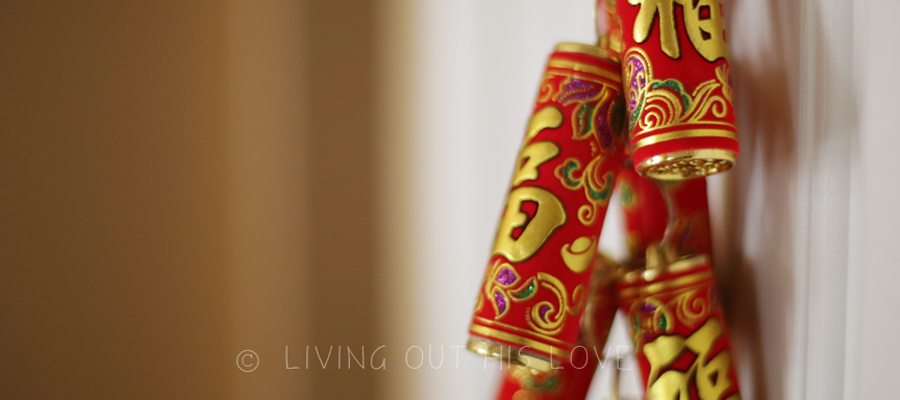
Celebrations: Many people travel long distances to attend large family gatherings and share in elaborate feasts. It’s a time of visits with family and friends while everyone talks, plays games, and hangs out together. New Year’s Day is met with rest and relaxation, to start the year off right. Throughout the 15-day holiday, everyone exchanges traditional greetings of kind good luck wishes. Children are gifted hóng bāo, or red envelopes, by parents, family, friends, and familiar neighbors. This is a highlight for children, as the envelopes are filled with money for them to spend how they please. Families may tell about the Beast Nián, the ancient Shang Dynasty myth that started the use of firecrackers to scare it away. In fact, firecrackers are set off all day and night during the celebrations, but especially at midnight on New Year. During the day, many people gather to watch the impressive parades of long dragon dances (meant to bring good luck) and playful lion dances (meant to scare away the Beast Nián).
Traditional Food: As with most holidays, feasting together is a huge part of Lunar New Year celebrations. One of the most popular foods is jiǎozi, or dumplings, traditionally eaten in the north. Dumplings are fun to make together with family or friends. In the south, families eat nián gāo, a sweet, sticky rice cake. Noodles are served very long, offering hope for a long life. Other popular foods are fish and steamed chicken, both served whole. Oranges and tangerines represent wealth and luck.
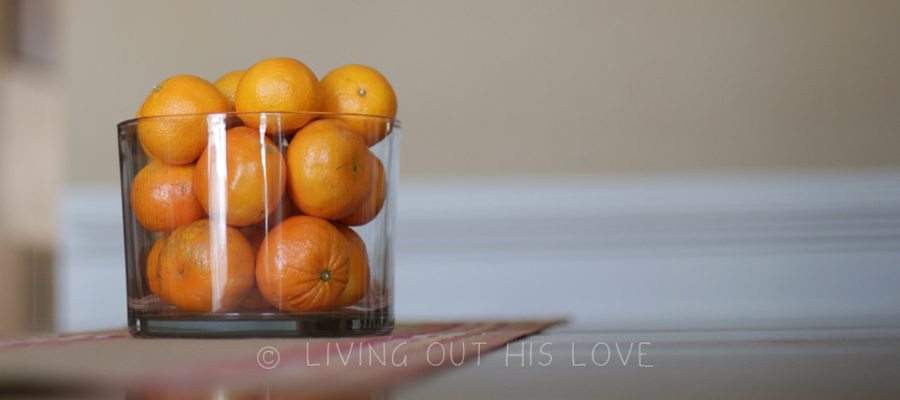
The Chinese Zodiac: Another often-talked about feature associated with Spring Festival is the Zodiac. Each month of the Lunar calendar is represented by an animal. People are said to be associated with the animal that represents their birth month and year. Traditionally, different personality attributes are also associated with each animal. The Zodiac Signs of my Chinese children are actually very accurate, although mine doesn’t completely work with my personality. The Zodiac animals are: Rat, Ox, Tiger, Rabbit, Dragon, Snake, Horse, Sheep, Monkey, Rooster, Dog, and Pig. 2016 will be the year of the Monkey!
Spring Festival is a super fun holiday that our family really enjoys celebrating. Happiness, excitement, and wishes for a good new year pervade all of the festivities. It’s an awesome opportunity to incorporate our children’s Chinese heritage into our everyday lives, and I always love a reason to get together with family and friends.
Although our festivities don’t compare to those experienced in China, we have a blast creating our own version! I’m excited to share more about how we celebrate Chinese New Year throughout the month of January! And as it’s said in Mandarin, Xīn nián kuài lè (literally “New Year Happy”), pronounced shin nee-en kw-eye luh!


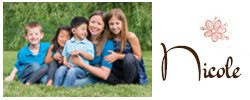























Leave a Reply